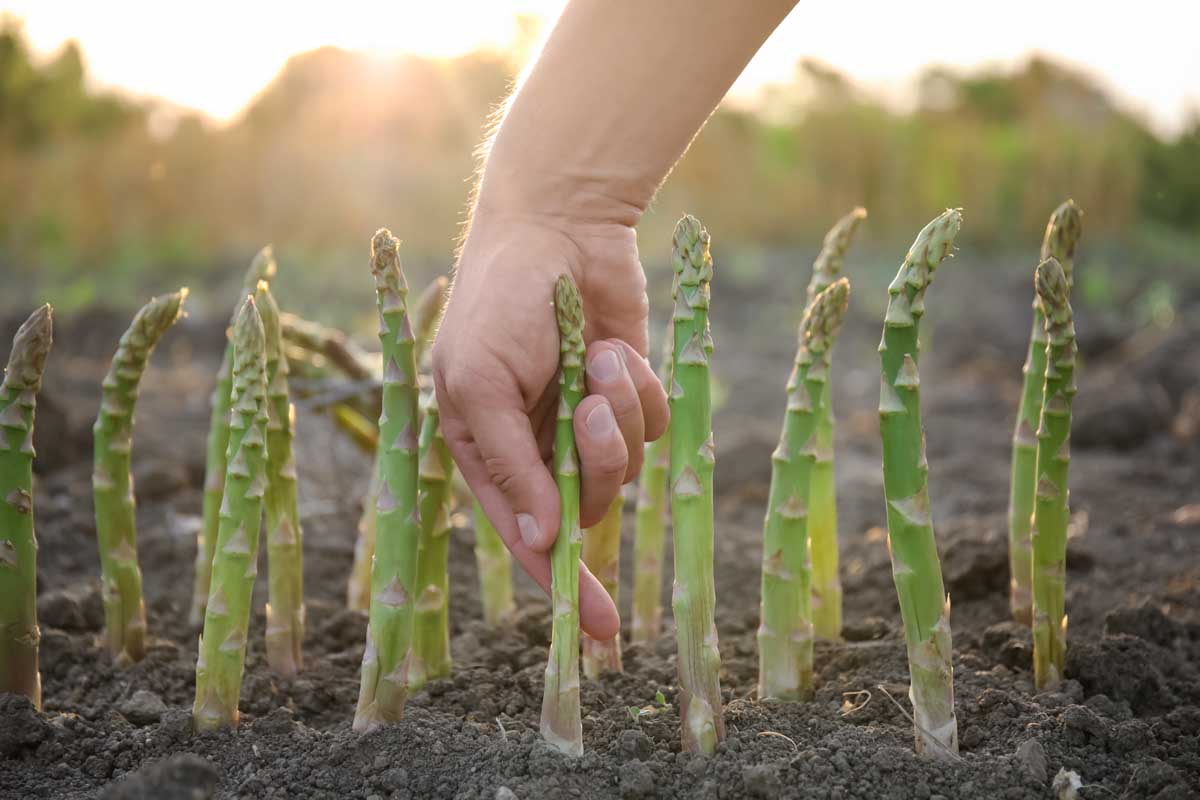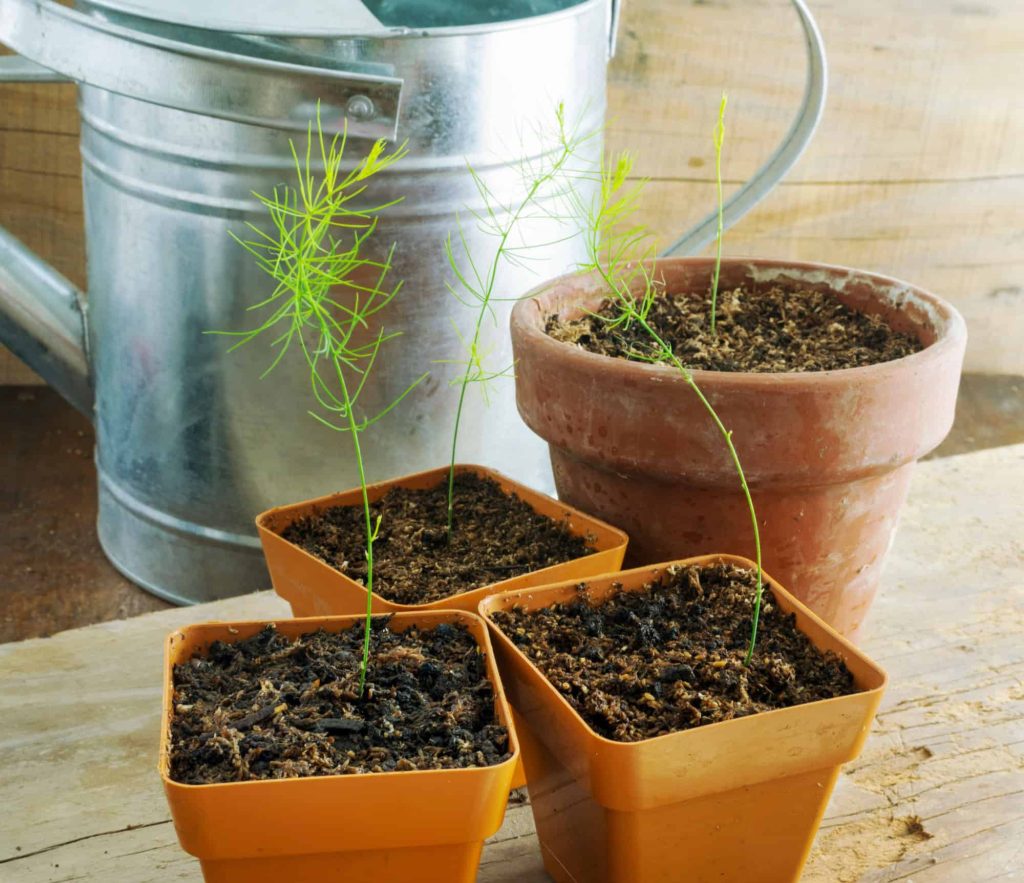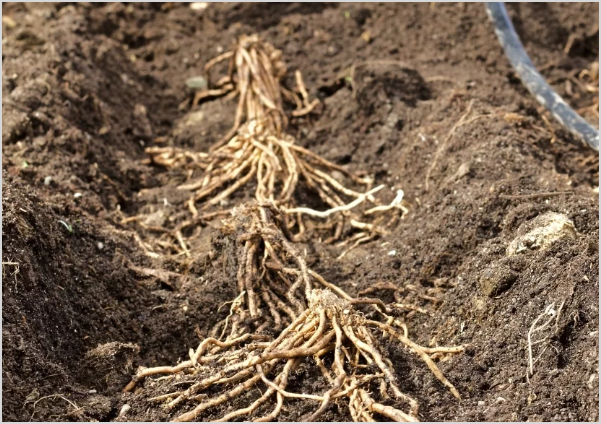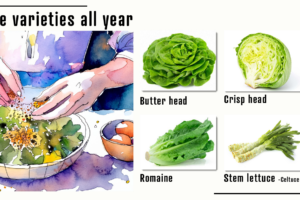
Asparagus
Asparagus officinalis.
Asparagus is classified as a vegetable. It is a perennial flowering plant belonging to the Asparagaceae family. As it sprouts it becomes bushy, wispy and forms a lovely fern. I hadn’t considered it before but it could make a nice house plant while you are waiting to transplant outside.
Kupu: apareka
The first year

One of the first jobs I did when I shifted onto Hāpai’s homestead was to sow asparagus seeds. In my mind it was the perfect choice of marker, to compare my gardens progress through time. Asparagus takes time to grow and therefore requires patience. I started my seedlings indoors in 9 cm pots and they germinated much quicker than I thought. Within a month very thin stalks and leaves appeared ( The asparagus plant can be described as a fern) and grew to about 10cm in height that season. From that point, they were left to sit for a year and mature.
One year old
This video was taken one year ago, the plants were placed into this nursery bed a couple of months prior and are doing so well. There is a group in the back that get shaded out more than the others and they aren’t as big which highlights the point that asparagus are sun lovers. The reason I used a nursery bed instead of just planting straight out into the permanent bed is because I have very dense clay soil which asparagus struggles with. It will take at least a season for me to amend the permanent beds with enough organic matter to make it light enough for my asparagus.
Two years old – Moving to the forever home.
Undersrtanding the seasonal cycle of asparagus
The seasonal asparagus cycle follows a specific pattern of growth and harvest, influenced by the changing seasons. Asparagus is a perennial vegetable that undergoes a yearly cycle, with distinct phases that include dormancy, sprouting, growth, harvest, and preparation for the next year. Here’s an overview of the asparagus seasonal cycle:
- Dormancy (Late Autumn to Early Spring):
- As winter approaches, the asparagus plants go dormant. This is a period of rest and preparation for the next growing season.
- During this time, the plants focus on building up energy reserves in their root systems.
- Sprouting (Spring):
- As the soil begins to warm up in early spring (typically around March or April, depending on the climate), the asparagus plants start sending up shoots from the underground crowns.
- These shoots, often referred to as “spears,” emerge from the soil and grow rapidly, seeking sunlight.
- Growth (Late Spring to Early Summer):
- The asparagus spears continue to grow, with the plants developing fern-like, feathery foliage.
- The energy collected during the growth phase is stored in the plant’s root system to support future growth and the following year’s harvest.
- Harvest (Late Spring to Early Summer):
- The harvest season typically begins a year or two after the initial planting, allowing the asparagus plants to establish strong root systems.
- Spears are carefully cut or snapped off just above the soil surface when they reach the appropriate height and thickness, usually around 7 to 9 inches (18 to 23 cm).
- The harvest usually lasts for several weeks, during which new spears continue to emerge, allowing for a continuous harvest. However, it’s important not to overharvest, as the plants need some spears to grow and replenish their energy reserves.
- Preparation for Next Year (Late Summer to Autumn):
- After the harvest season, asparagus plants need time to recover and build up energy for the next year.
- The fern-like foliage continues to grow, and the plants use this period to store nutrients in their roots.
- As the weather cools down in the autumn, the foliage starts to turn yellow, signaling the plants to enter dormancy once again.
Ideal soil and conditions for asparagus

Spread the roots out, you can even set them on a mound with the crown facing up.
The ideal soil type for asparagus is a well-draining, sandy loam with good fertility and a slightly acidic to neutral pH. Asparagus plants develop a deep root system, and the right soil conditions are essential for their growth and productivity. Here are the key soil characteristics that are favorable for growing asparagus:
- Well-Draining: Asparagus does not tolerate waterlogged soil. A well-draining soil prevents water from pooling around the roots, which helps prevent rot and other water-related issues. Sandy loam or loamy soils are often preferred for their ability to drain well.
- In the video I show how I have accounted for my clay soil which can get waterlogged. I created mounds to keep the roots up high and sloped down the hill for drainage. Other crops go across the slope to capture water in swales. The mounds have been amended with organic matter to break up the clay over time.
- Fertility: Asparagus plants are heavy feeders, especially during the growing season. The soil should be rich in organic matter and nutrients to support vigorous growth. Regular additions of compost or well-rotted manure can help maintain soil fertility.
- pH Level: The optimal pH range for asparagus is slightly acidic to neutral, typically between 6.0 and 7.0. Soil within this range ensures that essential nutrients are available to the plants. A soil test can help you determine the pH of your soil and whether any adjustments are needed.
- Texture: Asparagus prefers soils with a good balance of sand, silt, and clay particles. Sandy loam soil provides a nice balance of water retention and drainage, making it suitable for asparagus cultivation.
- Adequate Depth: Asparagus plants have deep roots, and the soil should be deep enough to accommodate these roots. This allows the plants to access water and nutrients from deeper layers of the soil.
- Minimized Compaction: Avoid heavy compaction, as it restricts root growth and water penetration. If your soil is compacted, consider tilling or loosening the soil before planting.
- Drainage Considerations: If your soil tends to be heavy clay or has poor drainage, consider raised beds or mounded rows to improve drainage for your asparagus plants.
Remember that asparagus is a long-term perennial crop, and preparing the soil correctly before planting is essential for the success of your asparagus bed. Regular soil maintenance, including adding organic matter and monitoring pH levels, will contribute to the health and productivity of your asparagus plants over the years.

Fun Fact
Genetics and asparagus anosmia
The chemical process that causes asparagus anosmia is related to the breakdown of a compound called asparagusic acid, which is found exclusively in asparagus. When asparagus is consumed, the asparagusic acid is metabolized by the body into several sulfur-containing compounds, including methanethiol and dimethyl sulfide. These compounds are volatile and can be released through urine after being excreted by the kidneys.
A small percentage of people cannot smell the odor in “asparagus urine.” The inability to smell odors is called anosmia, and those unable to smell asparagus metabolites in their own urine as well as in others’ urine are said to be asparagus anosmic. The scientific name for this is “asparagus anosmia” or “asparagus urine odor syndrome.”
Tag:asparagus





